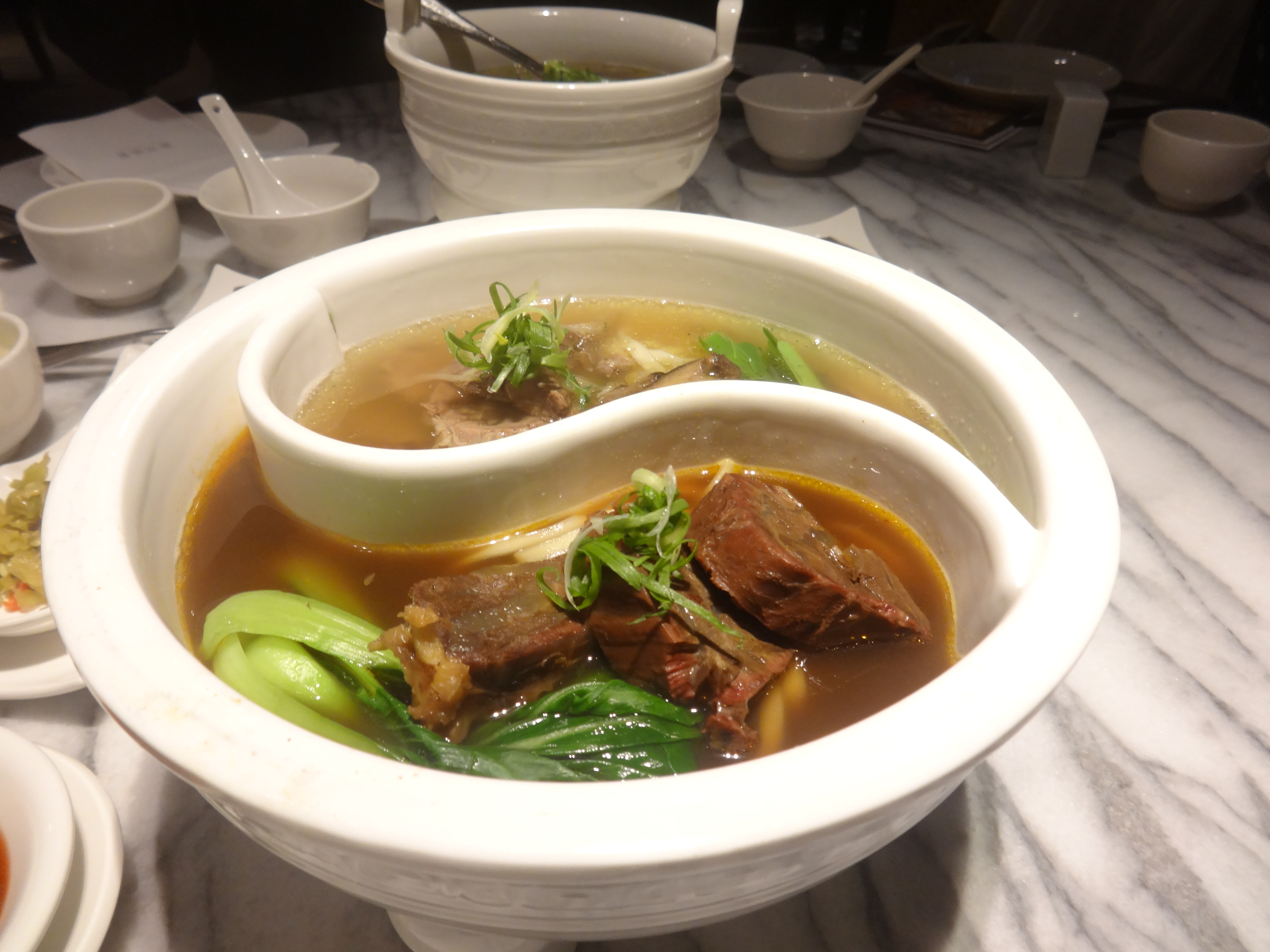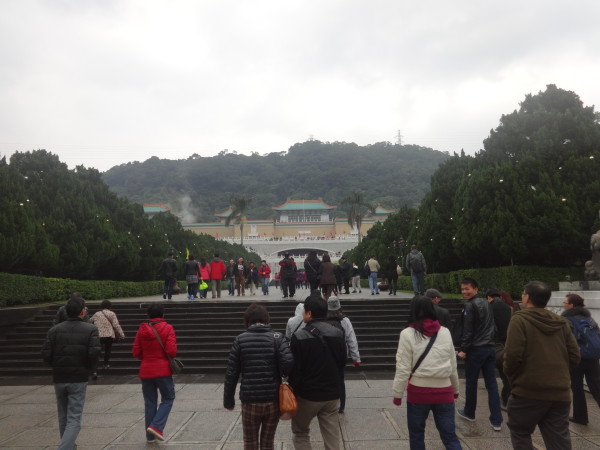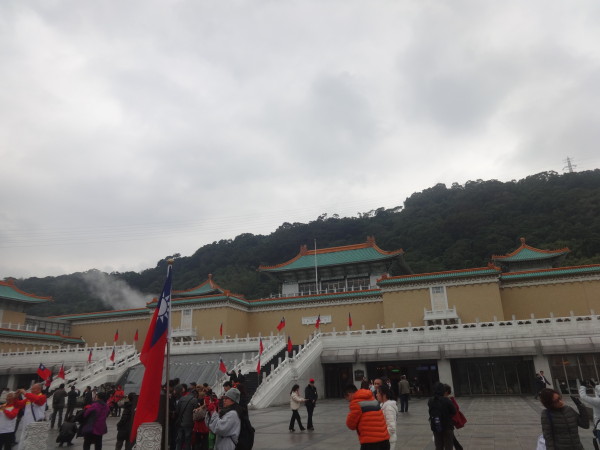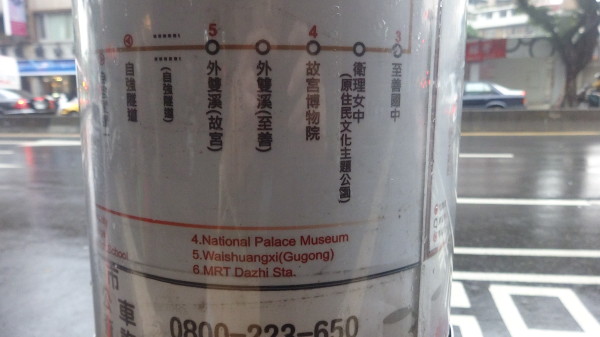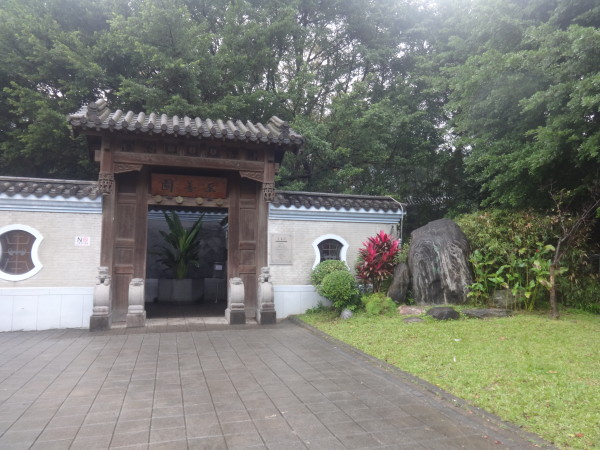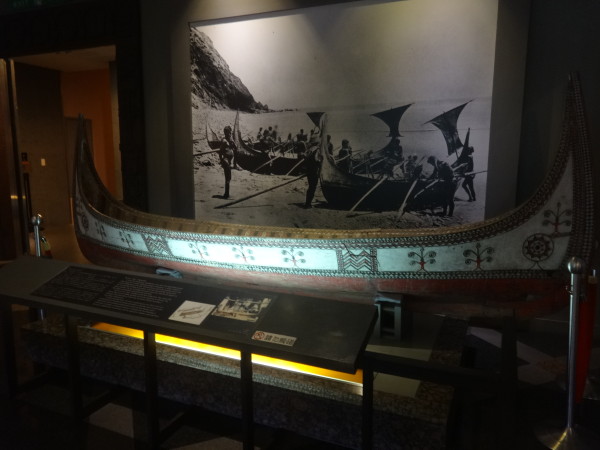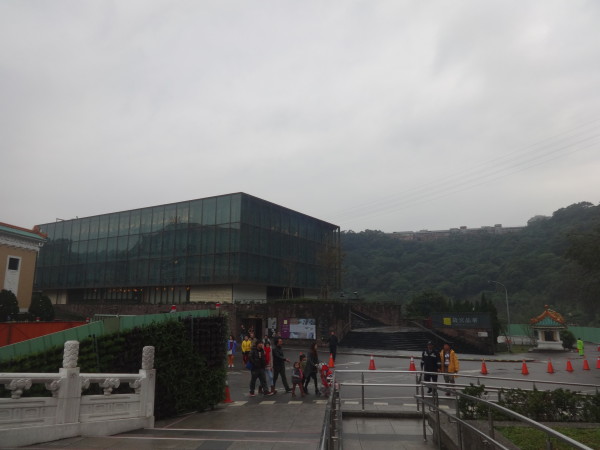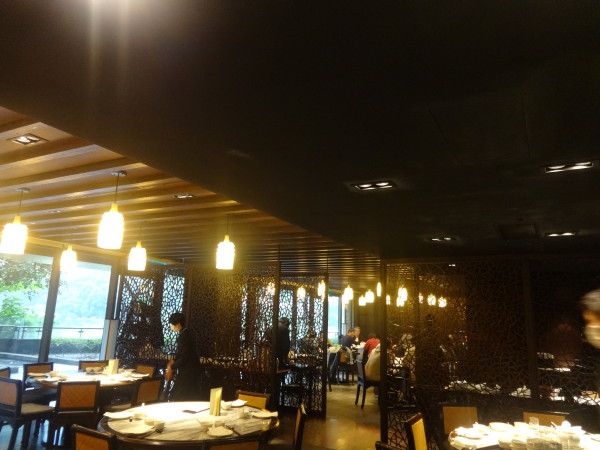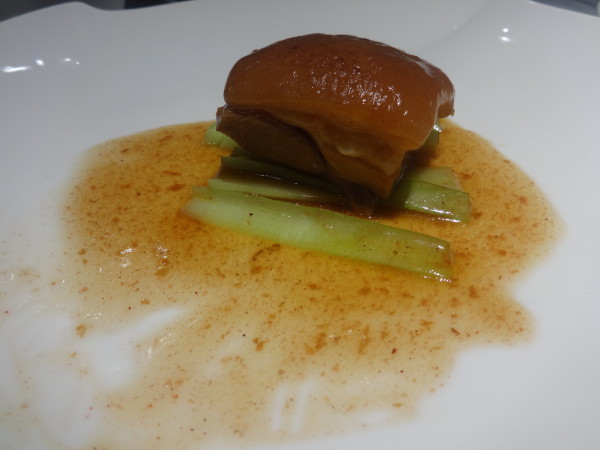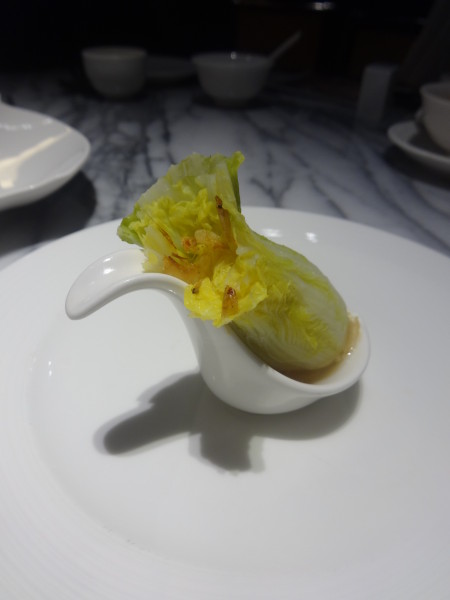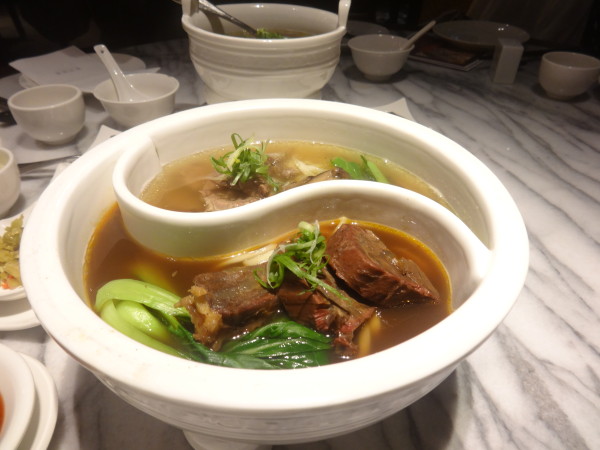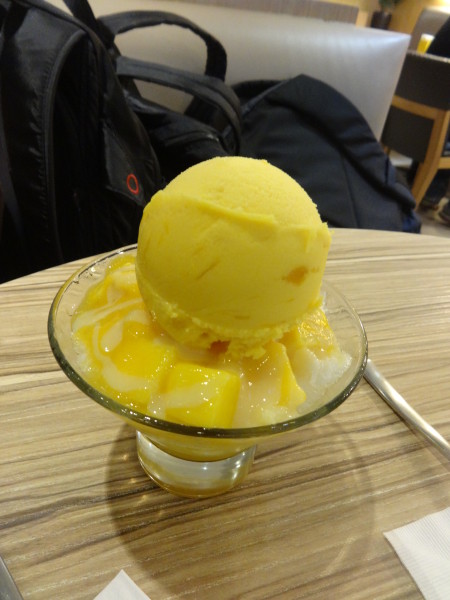The National Palace Museum in Taipei, Taiwan holds the largest collection of Chinese art and artifacts in the world. The collection at this museum is so large that it takes 12 years for them to display every single item before cycling back through them again. If you’re wondering why the largest collection of Chinese cultural items would be in Taiwan instead of China, you just have to take into consideration the civil war that occurred in China in that last century, where the losing Kuo Ming Tang fled the newly Communist China and took with them all the treasures they could carry. Knowing what happened in the Cultural Revolution, I would say they saved a lot of those items from destruction when Communist China went about “purging” (read “destroying”) the old.
The museum itself is sprawling hillside complex of many structures. Some of the oldest artifacts here date back to 8,000 years ago. That’s the main reason I go to these kinds of museums. It boggles my mind to stand in the presence of something made by human hands so long ago.
Although the museum doesn’t happen to land right next to one of the Taipei MRT subway train stations, it’s just a simple bus ride away. As you can see, the bus stop information is in English, and it’s not hard to get pointed in the right direction.
Besides the plethora of historical artifacts inside the museum, there is also a quite lovely garden outside, which can be a pleasant walk or photo op even on a gloomy or rainy day.
Also, across the street is the Shung Ye Museum of Formosan Aborigines. While the National Palace Museum is really focused on China’s history, this museum is all about Taiwan’s history. I found it actually really interesting and informative as a Taiwanese heritage American, learning about the Dutch and Portuguese presence, the Japanese Occupation, and the plight of the local native Taiwanese (the ones who were here before my Chinese ancestors). I also learned why my dad’s side of the family is primarily ancestor worship while my mom’s side is Christian–the poor tended to convert to Christianity and the rich tended to stay with traditional Chinese derived religions.
Another attraction in the area is the Silk Palace restaurant right outside the main building of the National Palace Museum. There’s a food court in the lower level of the main museum building, but the place was literally swarming with Chinese nationals and other international tourists, and we wanted to get the “fine dining” experience, so we opted for the less crowded and more elegant restaurant instead.
Many people and travel advice gurus warn that Silk is actually overpriced and not as tasty, but I’ll have to disagree with them on that. Definitely, if you compare the prices of dishes at Silk with the dirt cheap (and dirt infused) street vendor food, there’s a big difference. But as someone who eats Asian cuisine in Los Angeles all the time, used to paying really decent prices for really tasty food (say $5-$7 for a hearty bowl of pho or roll of sushi or a stone pot of bibimbap), I’d say the prices of most dishes at Silk were like a little more than Denny’s, and it was pretty yummy. Not to mention the environment was just really beautiful and relaxing.
Two fun dishes are the cabbage and the pork slice made to look like the two most popular artifacts in the museum (leave it to the Chinese to make carvings of food the highest art pieces in their massive collection). I thought they were going to be ridiculously pricy because of the symbolic nature and artistic preparation of the dish, but the cabbage was like less than two bucks, and the pork less than five. Sure, it wasn’t a ton of food for what you’re paying, but it wasn’t ridiculously priced.
I really, really, really enjoyed my own personal dish that I ordered. It was the ying yang beef noodle soup bowl. Basically, it was two different types of beef noodle soup served in a bowl that is specially made in the Daoist ying yang symbol. Not only was it delicious, it was just really excellent presentation. I’m a sucker for delicious balance. This dish alone makes Silk worth a meal stop.
Next up, some deliciously icy stops in Taipei for dessert at Ice Monster and Snow King.
- Excited
- Fascinated
- Amused
- Disgusted
- Sad
- Angry
